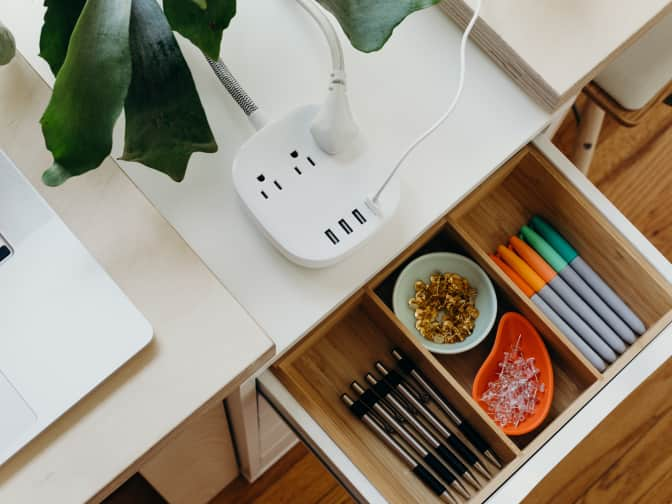Mattress
Vacuum the mattress. Gently rub stains in a circular motion with a microfiber cloth dipped in a solution of water and a few drops of mild, natural detergent. Dip a clean section of the cloth in plain water, and dab the spots to rinse. Sprinkle baking soda all over the mattress, let it sit for an hour or two to absorb moisture and odors, then vacuum thoroughly again.

























